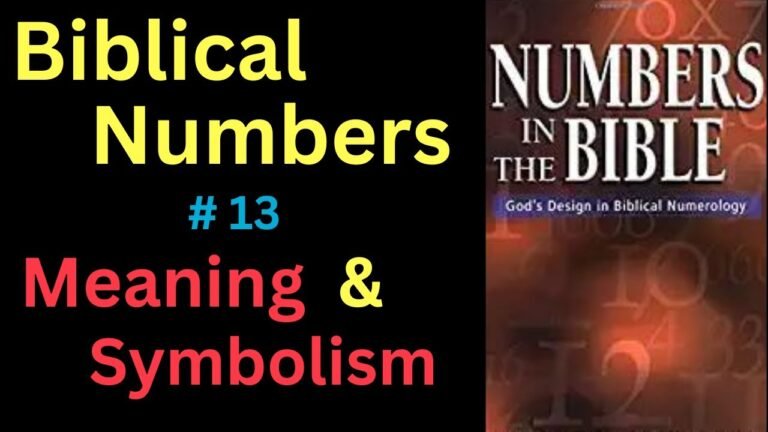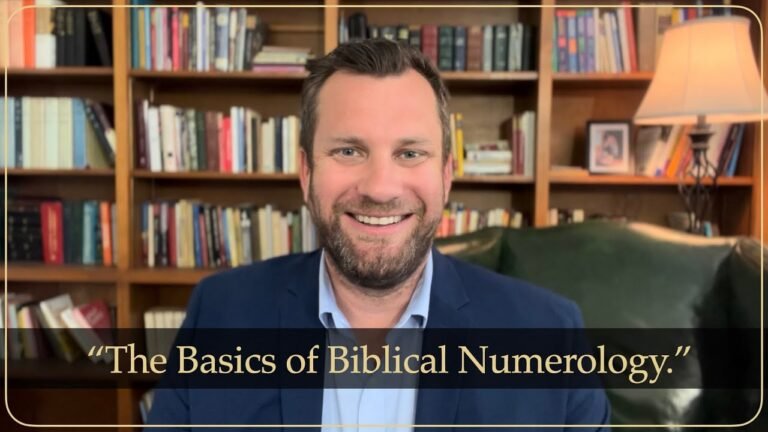Understanding the Meaning of Homiletics
Homiletics, a term often encountered in theological studies, refers to the art and science of preaching or delivering sermons. This discipline combines the study of biblical texts, theological principles, and effective communication techniques to convey messages that inspire and educate congregations. Understanding homiletics is essential for anyone involved in ministry, as it equips them to connect deeply with their audience while articulating spiritual truths in a compelling and relatable manner. In this article, we will explore the significance of homiletics, its historical evolution, and its practical applications in modern preaching.
What is the biblical meaning of homiletics?
Homiletics, biblically understood, refers to the art of preaching that encompasses the careful crafting and effective delivery of religious messages. This discipline not only focuses on sermons but also includes homilies and catechetical instruction, aiming to communicate spiritual truths clearly and compellingly. By mastering homiletics, preachers seek to inspire, educate, and engage their audiences, fostering a deeper understanding of faith and scripture.
What are the different types of homiletics?
Homiletics, the art of preaching, encompasses various approaches to effectively convey messages. Among the four most common types are verse-by-verse, which meticulously explores scripture line by line; thematic, focusing on specific themes or concepts drawn from biblical texts; narrative, which employs storytelling to engage and resonate with the audience; and topical, addressing particular subjects or issues relevant to the congregation. Each method offers a unique pathway for pastors and speakers to connect with their listeners, enriching the spiritual experience and fostering deeper understanding.
What are the five steps involved in homiletics?
Homiletics is a structured approach to studying and delivering God’s Word, comprising five essential steps that enhance clarity and impact. First, begin with Content, where you gather the biblical material to be communicated. Next, create Divisions to organize the content into manageable sections, followed by crafting a Subject Sentence that encapsulates the main idea. The fourth step is to determine the Aim, which defines the purpose of your message, and finally, develop Applications to connect the message to the audience’s lives. This method not only enriches the study process but also empowers effective communication of spiritual truths.
Unveiling the Art of Preaching
Preaching is not merely delivering a message; it is an art form that weaves together emotion, clarity, and conviction. At its core, effective preaching connects with the audience on a personal level, inviting them to explore deeper truths and transformative insights. By employing storytelling, vivid imagery, and relatable examples, a preacher can captivate hearts and minds, fostering a space where reflection and growth can flourish. The ability to engage listeners transcends mere words; it is about creating an experience that resonates long after the sermon ends.
In mastering the art of preaching, one must also embrace authenticity and vulnerability. The most impactful messages often arise from genuine personal experiences, allowing the speaker to forge a bond of trust with the audience. By sharing their own struggles and triumphs, preachers can inspire hope and encourage others to embark on their own journeys of faith. Ultimately, the art of preaching lies in its power to uplift, challenge, and unite individuals, sparking a collective pursuit of understanding and purpose within the community.
The Science Behind Effective Sermons
Effective sermons are crafted through a blend of compelling storytelling, relatable themes, and clear messaging. At their core, they aim to connect with the audience on both emotional and intellectual levels. Research in communication and psychology highlights that people are more likely to remember information when it is presented in a narrative format. By weaving personal anecdotes and biblical stories, speakers can transform abstract concepts into tangible lessons, making the spiritual journey more accessible and engaging.
Additionally, the use of rhetorical devices, such as repetition and contrast, enhances the impact of the message. These techniques not only reinforce key ideas but also create a rhythm that captivates listeners. Furthermore, understanding the audience’s needs and cultural context allows preachers to tailor their messages effectively. When sermons resonate with the lives of the congregation, they inspire action and foster a deeper connection to faith, ultimately leading to transformative experiences within the community.
Bridging Faith and Communication
In an increasingly interconnected world, the role of faith in communication has never been more vital. As diverse cultures and beliefs converge, the ability to express one’s convictions while respecting others is essential. This delicate balance fosters understanding and collaboration, allowing individuals to share their spiritual journeys without fear of misinterpretation or conflict. By embracing open dialogue, we can create a tapestry of shared values that enriches our communities and promotes harmony.
Effective communication underpinned by faith encourages active listening and empathy, enabling individuals to appreciate different perspectives. It transforms conversations into meaningful exchanges, where the focus shifts from merely conveying messages to building relationships. By prioritizing compassion and respect, we can bridge gaps between differing beliefs, creating spaces where everyone feels valued and heard. This approach not only strengthens personal connections but also enhances collective efforts toward common goals.
As we navigate this complex landscape, integrating faith into our communication strategies can lead to profound transformation. By embracing vulnerability and authenticity, we open doors to deeper connections that transcend mere words. In doing so, we cultivate an environment where faith serves as a unifying force, inspiring collaboration and innovation. Ultimately, bridging faith and communication empowers us to create a more inclusive and compassionate world, one conversation at a time.
Crafting Messages that Inspire
In a world overflowing with information, the ability to craft messages that inspire is a powerful skill. Effective communication transcends mere words; it resonates with emotions and ignites passion. By tapping into the core values and aspirations of your audience, you can create messages that not only capture attention but also foster a genuine connection. This approach encourages engagement and motivates individuals to take action, whether it’s pursuing a dream, joining a cause, or simply reflecting on their own journey.
To inspire, clarity is essential. Begin by distilling your ideas into their most potent forms, ensuring that your message is not diluted by unnecessary jargon or complexity. Use vivid imagery and relatable anecdotes to illustrate your points, allowing your audience to visualize and internalize your message. When people can see themselves in your narrative, they are more likely to feel inspired and empowered to share your vision with others, creating a ripple effect that amplifies your impact.
Lastly, authenticity is the cornerstone of inspirational messaging. Speak from your own experiences and beliefs, and don’t shy away from vulnerability. When you share your true self, you invite others to do the same, fostering an environment of trust and openness. By combining clarity, relatability, and authenticity, you can craft messages that not only inspire but also resonate deeply, leaving a lasting impression on those who encounter them.
The Transformative Power of Homiletics
Homiletics, the art and science of preaching, holds a transformative power that extends beyond the pulpit. By weaving together scripture, personal experience, and contemporary issues, effective preaching can inspire congregations to reflect, engage, and take action in their communities. This dynamic form of communication not only conveys theological insights but also fosters a sense of belonging and purpose among listeners, encouraging them to apply spiritual teachings in their daily lives.
As preachers harness the art of storytelling and rhetoric, they create a compelling narrative that resonates with diverse audiences. This approach not only captivates attention but also invites individuals to explore their faith deeply. Homiletics serves as a bridge between ancient wisdom and modern challenges, empowering individuals to foster compassion, unity, and social justice. Through powerful messages, preaching can ignite change, instilling hope and motivating communities to work towards a brighter future.
Understanding the meaning of homiletics opens the door to a rich tradition of preaching that combines art, theology, and communication. By exploring its principles, one can appreciate how effective homiletics not only conveys messages but also inspires transformation in both the speaker and the audience. Embracing this discipline fosters deeper connections and enhances the impact of spiritual teachings in our communities.







